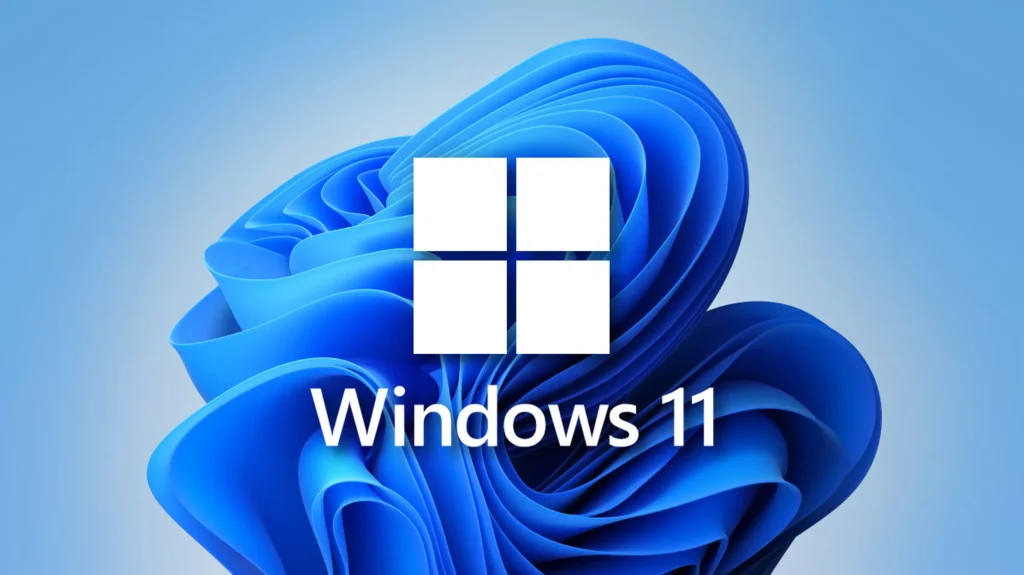Keeping your Windows 11 system running smoothly requires up-to-date drivers. Whether you’re a tech enthusiast or a casual user, knowing how to download and install the latest drivers is essential for optimal performance. In this guide, we’ll walk you through everything you need to know about Windows 11 drivers, from why they matter to step-by-step installation instructions.
Why Are Windows 11 Drivers Important?
Drivers are the bridge between your hardware and your operating system. Without the right drivers, your computer’s components—like your graphics card, printer, or Wi-Fi adapter—won’t function properly. Here’s why keeping your drivers updated is crucial:
- Improved Performance: Updated drivers ensure your hardware runs efficiently, boosting speed and responsiveness.
- Enhanced Security: Outdated drivers can expose your system to vulnerabilities. Updates often include security patches.
- Compatibility: New software and hardware may require the latest drivers to work seamlessly.
- Bug Fixes: Driver updates often resolve glitches and errors, improving system stability.
According to a 2022 report by Statista, over 1.4 billion devices worldwide run on Windows. Ensuring these devices have the latest drivers is key to maintaining productivity and user satisfaction.
How to Download & Install the Latest Windows 11 Drivers
1. Identify Your Hardware Components
Before downloading drivers, you need to know which hardware components require updates. Here’s how:
- Open the Device Manager by pressing Windows + X and selecting it from the menu.
- Expand categories like Display Adapters, Network Adapters, and Sound, Video, and Game Controllers to see your hardware.
- Right-click on a device and select Properties to view its current driver version.
2. Download Drivers from Official Sources
Always download drivers from trusted sources to avoid malware or compatibility issues. Here are the best options:
- Manufacturer’s Website: Visit the official website of your hardware manufacturer (e.g., NVIDIA for graphics cards or Intel for processors).
- Windows Update: Microsoft often provides driver updates through Windows Update. Go to Settings > Windows Update > Check for updates.
- Device Manager: You can also update drivers directly through Device Manager by right-clicking a device and selecting Update driver.
Pro Tip: Avoid third-party driver updater tools, as they can sometimes install incorrect or outdated drivers.
3. Install Drivers Step-by-Step
Once you’ve downloaded the correct drivers, follow these steps to install them:
- Run the Installer: Double-click the downloaded file (usually a .exe or .msi file) to launch the installer.
- Follow On-Screen Instructions: Most installers are user-friendly and will guide you through the process.
- Restart Your Computer: After installation, restart your PC to apply the changes.
4. Verify the Installation
To ensure the driver was installed correctly:
- Go back to Device Manager.
- Check the device’s properties to confirm the driver version has been updated.
- Test the hardware (e.g., play a video to check your graphics card or print a document to test your printer).
Common Challenges & Solutions
1. Driver Compatibility Issues
Sometimes, a driver designed for Windows 10 might not work perfectly on Windows 11. To avoid this:
- Check the manufacturer’s website for Windows 11-specific drivers.
- Use the Compatibility Troubleshooter by right-clicking the installer and selecting Troubleshoot Compatibility.
2. Driver Installation Fails
If the installation fails, try these fixes:
- Run the installer as an administrator.
- Disable antivirus software temporarily (it can sometimes block installations).
- Ensure your system meets the driver’s minimum requirements.
3. Rolling Back Drivers
If a new driver causes issues, you can revert to the previous version:
- Open Device Manager.
- Right-click the device and select Properties > Driver > Roll Back Driver.
Expert Tips for Managing Windows 11 Drivers
- Schedule Regular Updates: Set a reminder to check for driver updates every few months.
- Backup Your System: Before updating drivers, create a system restore point in case something goes wrong.
- Use Manufacturer Tools: Many hardware manufacturers offer tools (e.g., NVIDIA GeForce Experience) that automatically detect and install the latest drivers.
John Smith, a certified IT professional, says: “Keeping your drivers updated is one of the simplest yet most effective ways to maintain your computer’s performance and security.”
About Windows 11 Drivers
1. How often should I update my drivers?
It’s a good practice to check for updates every 3-6 months or whenever you experience hardware-related issues.
2. Can I use Windows 10 drivers on Windows 11?
In most cases, yes. However, it’s recommended to use Windows 11-specific drivers for optimal performance.
3. What if I can’t find a driver for my device?
Contact the manufacturer’s support team or check community forums for solutions.
4. Are driver updater tools safe?
While some are legitimate, many can cause more harm than good. Stick to official sources for driver updates.
5. Do I need to update all my drivers?
Focus on drivers for critical components like your graphics card, network adapter, and chipset.
Conclusion
Updating your Windows 11 drivers doesn’t have to be a daunting task. By following this guide, you can ensure your system runs smoothly, securely, and efficiently. Remember, staying proactive about driver updates can save you from headaches down the road.
So, what are you waiting for? Check your drivers today and give your Windows 11 device the boost it deserves!
With years of experience in technology and software, John leads our content strategy, ensuring high-quality and informative articles about Windows, system optimization, and software updates.

